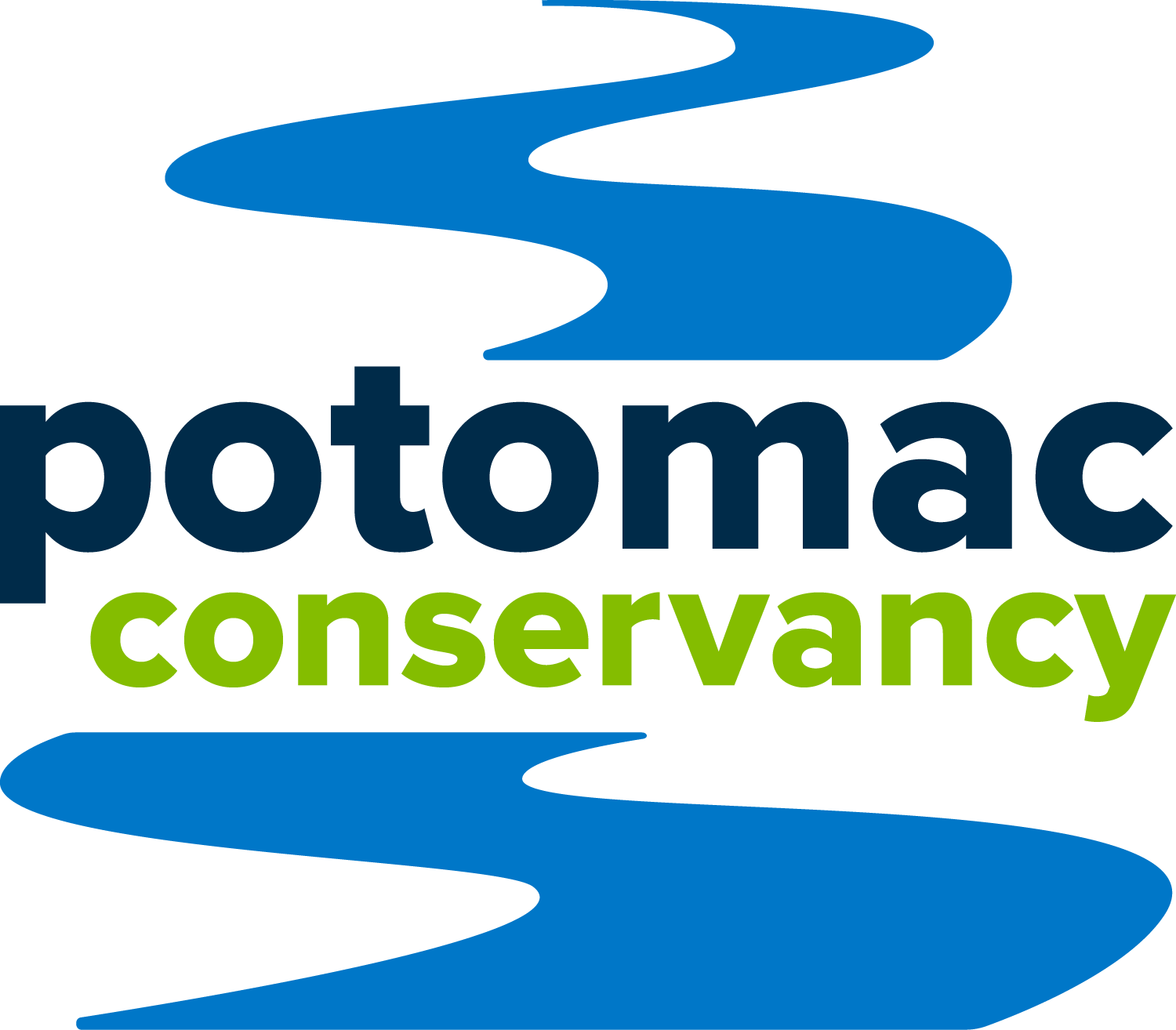6 types of trash that harm local animals
/A look at the litter that harms local wildlife and what you can do to help
Winter is often viewed as a time of rest. Trees have gone dormant, many birds have flown south, and our region’s critters seldom make an appearance.
There is one creature, however, who does not take a break when the temperatures start to drop: Team Potomac volunteers!
Our volunteers understand better than most that winter is the best time to make a big impact for our local waters and the critters who call the Potomac home. With leaves off the trees and grasses at their shortest, spotting and collecting litter is a breeze.
Be a good neighbor to our local wildlife friends by helping to remove these 6 types of harmful litter:
Fishing line and accessories
Why: Fishing line can get tangled in legs and wings, and when eaten it can cause lethal obstructions. Lead weights look like food to many birds and can cause lead poisoning. Fishing line also takes a very long time to break down.
Styrofoam
Why: Food remnants found on styrofoam takeout containers encourage animals to eat the container too, which can lead to choking and digestive problems. Styrofoam is quick to breakdown and the tiny pieces are eaten by fish. The Anacostia Watershed Society reported that by volume, a quarter of the trash that is collected from the river is styrofoam.
Plastic bags
Why: Aside from being a dangerous choking and digestion hazard, once consumed, plastic chemicals can cause excess hormones. In fact, over 80 percent of male smallmouth bass fish in the Potomac are intersex (have female egg cells).
Cigarette butts
Why: Cigarette butts are toxic for animals when eaten, are not biodegradable, and can leach toxic chemicals in the river when soaked in water.
Chewing gum
Why: Gum is more than a nuisance that gets stuck to our shoes. It can get in fur and feathers and inhibit an animal’s movement. And unlike food, it doesn't provide animals with sustenance.
Balloons
Why: Innocently letting go of a balloon can mean danger for local animals. Balloons are sometimes falsely marketed as "biodegradable." Latex balloons actually contain chemicals and take years to break down. When an animal swallows a balloon, it can block its intestinal tract, leading to starvation.
Volunteer and help local wildlife!
Together we can make the Potomac and local trails a safe haven for wildlife.
Volunteer at our next winter cleanup on March 18. We'll be out at the Fletcher's Cove along the C&O Canal restoring shorelines, improving habitat for wildlife, and maintaining trails. Sign up >






















What’s a cousin of our river otters, has a tail over half as long as its body, and strikes fear in the hearts of porcupines? Read on to find out!